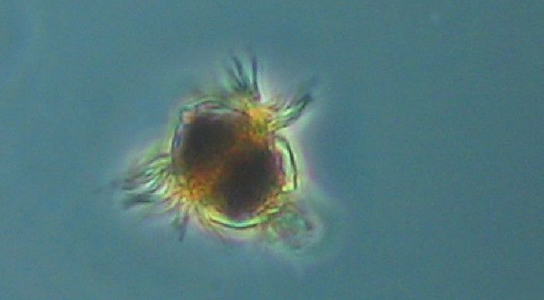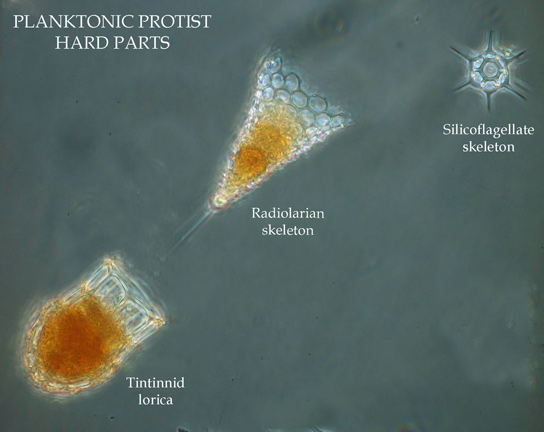
In nature, you’ll find animals that undergo vast transformations, becoming almost unreco_gnizable in their new forms. Examples like caterpillars becoming butterflies and tadpoles becoming frogs that almost look like distinct animals in the different stages of their evolution.
While this might sound amazing, all stages of these animals still belong to the same biological taxonomic rank, Animalia. This means that caterpillars don’t become plants, in their new shapes, they remain animals. That’s not what Mesodinium chamaeleon does. This single-celled organism is a unique mix of animal and plant life.
Mesodinium chamaeleon, a ciliate – a group of protozoans – found in the oceans around Scandinavia and North America, was discovered in Nivå Bay (Baltic Sea) in Denmark by Øjvind Moestrup of the University of Copenhagen and his team. Other specimens have been found off the coasts of Finland and Rhode Island.

Ciliates use their hair-like appendages to move around rapidly in the oceans. They get their food by ingesting other organisms, rather than synthesizing the nutrients themselves, which makes them Animalia.
However, some Mesodinium species are different. They engulf their prey, generally other microorganisms like a type of algae called cryptomonads, and then form a partnership. The algae produce sugars through photosynthesis, while the Mesodinium protects them and carries them around. A hybrid organism like this is both Animalia and Vegetabilia. This makes them hard to classify, and basically collapses the division between animals and plants. M. chamaeleon is halfway between a pure animal and a hybrid.
While M. chamaeleon takes in algal cells, just like M. rubrum which is responsible for the red tides, it doesn’t keep them on a permanent basis. It also doesn’t digest them immediately. Instead, the cells will remain intact for several weeks before they are broken down. During this time, they continue to produce sugar by photosynthesis. M. chamaeleon changes colors depending on whether it’s hosting red or green algae, or even both.
This method of taking other cells in is called endosymbiosis, and it’s one of life’s prime inventions. Two billion years ago, a single-celled organism swallowed a bacterium and used it as an energy source. They eventually became the mitochondria that power all complex cells, including our own. Without endosymbiosis, there wouldn’t be any multicellular life.
M. chamaeleon offers a portrait of how endosymbiosis was initially developed. The organism still needs to ingest other cells to keep them alive within itself.
3 Comments
Who wrote this article?
https://scitechdaily.com/mesodinium-chamaeleon-is-a-unique-life-form-that-is-half-plant-half-animal/
I am writing a paper and I would like the information for my bibliography.
Thank you
One of our staff writers, goes by Range…Article is a summary of the New Scientist article (link at end of article) and other scientific information.
😎cool read